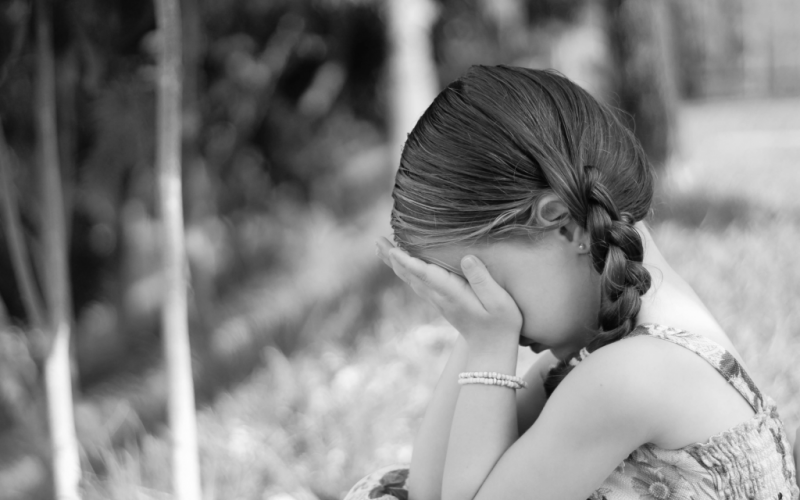Every child deserves to be protected from harm and live in a safe and healthy environment. Sadly, this is not the reality for every child that calls Canada home.
Children First Canada’s Raising Canada 2020 report lists child abuse as one of the top 10 threats to childhood. Although Canada is considered a wealthy nation, one-third of children in our nation do not enjoy a safe and healthy childhood, and one in three Canadians report experiencing abuse before the age of 15.
We’re all responsible, as adults, for protecting the well-being of children — the leaders of today and tomorrow. But how can we help?
Child Protection in Canada: Your Responsibilities and Why It Matters
Although you and your family may not be contributing to the problem of abuse in Canadian households, that doesn’t mean that you don’t have a responsibility to other Canadian children — especially if you’re someone who works within your community or children specifically.
Abuse can be difficult to spot. Not everyone has the same standards for what they consider an abusive caregiver-child relationship, and it’s possible that you’ve spotted the signs in the past without knowing it.
The first step in stopping child abuse is knowing how to identify it from an outsider’s perspective — or, more importantly, from the inside. Some parents and caregivers continue the cycles of abuse from their own families without realizing it.
The effects of child abuse don’t stop when the child is an adult. There are both physical and mental health conditions that arise in adulthood from the trauma of childhood abuse.
If we want a healthier Canada for future generations, we all need to understand how to put a stop to child abuse. But what is child protection and what does it consist of for you and the children in your life?
Here are the 3 R’s of child protection — recognize, respond and report abuse — that every adult should know.
Step 1: Recognize Abuse
Recognition has to do with both the child and the trusted adults in their life. It’s crucial to inform children of their rights and help them know what is and isn’t OK in a caregiver-child relationship.
It’s the responsibility of the adults in their lives (teachers, counsellors, other family members, mentors, etc.) to educate children on identifying abuse and abusers. It’s not the child’s responsibility to stop the abuse.
Children should learn from an early age about what constitutes “child abuse”. This means teaching them about their anatomy, about consent, and about how anyone can be a child abuser, even their parents or other family members.
There are some things that adults need to recognize as well. When you see a child that has unexplainable injuries, even mild ones, take time to observe that child. Children get hurt from playing or their own mishaps, but when a child repeatedly shows up with bruises or marks, it’s time to pay closer attention.
Children being afraid of their caregivers is another red flag. Children should feel safe with their caregivers. If a child is afraid of a family member, another teacher, or anyone else who spends time with them, it might be time to pay more attention.
Children who are frequently in disarray or often lack food or acceptable clothing could potentially be at risk.
Step 2: Respond
Responding to a suspicion of child abuse is difficult for any adult.
An adult who is in contact with children can talk to them to confirm or deny the suspicion of abuse, although this isn’t often enough to make a firm conclusion. Once children learn to recognize abuse, they may be more inclined to talk to a trusted adult about it.
Teachers, doctors, counsellors, and other “trusted” adults should be trained to respond to abuse when they identify it (or suspect it). They need to know that not all abusers look alike.
We have this image in our culture that marks certain kinds of people as potential abusers and others as innocent by default. An abuser doesn’t have to be someone that appears “creepy” or otherwise uncomfortable. They can appear to be competent and loving individuals.
Mothers, teachers, counsellors: anyone can be an abuser, even if they don’t “look like one”. Other (usually older) children can also be abusers, though this is often a response to another abusive household. All of these types of abusers have different appropriate responses.
Step 3: Report
Everyone in Canada is considered a mandated reporter under the “duty to report.”
Children should be encouraged to report abuse on their own to counsellors, physicians, family members and teachers, but they are not responsible for their own abuse.
If you suspect or know that a child is in an unsafe or inhospitable situation, it’s your responsibility to report this to child welfare services or social services in your province. While it may seem irresponsible to report based on suspicion, these groups are trained to investigate and respond to child abuse if it is present.
If you know that a child is in immediate peril you should call 911.
Child Protection Is Our Responsibility
As adults in Canada, we are responsible for ending cycles of abuse when we recognize them. Our children are the future of our nation and they deserve the chance to thrive.
For more information on child protection, or to take action alongside Children First Canada, visit our site.

